In the intricate symphony of our bodies, the gut plays a lead role—quietly influencing everything from digestion to immunity and even mood. When this vital system is out of harmony, discomfort and illness often follow. Enter the balanced meal plan for gut healing—a thoughtful approach to nourishment that goes beyond calorie counting and trends. It’s about embracing foods that support the delicate ecosystem within, fostering recovery, and restoring balance. This article explores how mindful eating, combined with the right nutritional choices, can pave the way toward a healthier, happier gut.
Table of Contents
- Understanding the Role of Nutrition in Gut Health
- Key Nutrients That Promote Intestinal Healing
- Designing a Gut-Friendly Plate for Every Meal
- Incorporating Probiotic and Prebiotic Foods
- Lifestyle Practices to Complement Your Gut Healing Diet
- Q&A
- In Summary

Understanding the Role of Nutrition in Gut Health
Proper nutrition acts as the cornerstone for maintaining a thriving gut ecosystem, which in turn supports digestion, immunity, and overall well-being. Incorporating a variety of fiber-rich foods such as fruits, vegetables, legumes, and whole grains provides nourishment for beneficial gut bacteria, promoting their growth and activity. Additionally, fermented foods like yogurt, kimchi, and sauerkraut offer natural probiotics that help restore microbial balance and improve gut barrier function. Avoiding highly processed foods loaded with sugars and unhealthy fats further prevents inflammation and gut dysbiosis, making thoughtful food choices essential for healing and sustaining gut health.
To support your gut’s recovery, focus on including these nutritional elements in your meals:
- Prebiotics: Foods like garlic, onions, leeks, and asparagus that feed good bacteria
- Probiotics: Live cultures found in kefir, miso, and tempeh that enhance microbial diversity
- Polyphenols: Antioxidant-rich items such as berries, green tea, and dark chocolate that support gut lining integrity
| Food Group | Gut Benefit | Example Foods |
|---|---|---|
| Prebiotics | Feeds beneficial microbes | Garlic, Onions, Bananas |
| Probiotics | Introduces live cultures | Yogurt, Kimchi, Kefir |
| Polyphenols | Protects gut lining | Berries, Green Tea, Nuts |
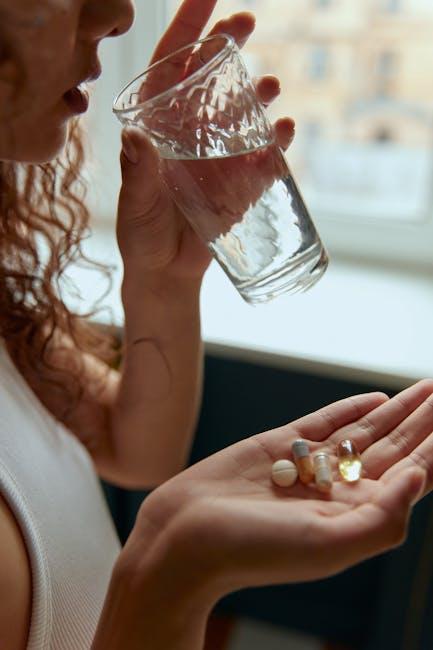
Key Nutrients That Promote Intestinal Healing
Healing the gut requires a precise blend of nutrients that work synergistically to repair the intestinal lining and reduce inflammation. Omega-3 fatty acids, found in flaxseeds, chia seeds, and fatty fish like salmon, help soothe inflamed tissues and support cellular regeneration. Additionally, glutamine, an amino acid abundant in bone broth and lean meats, serves as a primary fuel source for enterocytes — the cells lining the intestines — enabling faster recovery. Incorporating prebiotics such as inulin and fructooligosaccharides, found in garlic, onions, and asparagus, nurtures beneficial gut bacteria crucial for maintaining a balanced intestinal environment.
Vitamins and minerals also play essential roles. Vitamin A promotes mucosal healing and immune function, while zinc accelerates wound repair and helps tighten the intestinal barrier. To give you a clear snapshot, here’s a quick reference to key nutrients and their gut-healing functions:
| Nutrient | Food Sources | Role in Gut Healing |
|---|---|---|
| Omega-3 Fatty Acids | Salmon, Flaxseeds, Chia Seeds | Reduces inflammation, supports cell repair |
| Glutamine | Bone Broth, Lean Poultry | Fuel for intestinal lining cells |
| Prebiotics | Garlic, Onions, Asparagus | Feeds beneficial gut bacteria |
| Vitamin A | Carrots, Sweet Potatoes, Kale | Enhances mucosal lining regeneration |
| Zinc | Pumpkin Seeds, Shellfish, Beef | Speeds up wound healing and barrier integrity |

Designing a Gut-Friendly Plate for Every Meal
Crafting meals that nurture your digestive system means focusing on variety, color, and balance. Incorporate fiber-rich vegetables, such as leafy greens, carrots, and zucchini, alongside easily digestible proteins like poached chicken, baked fish, or plant-based lentils. Healthy fats such as avocado or olive oil can aid in reducing inflammation and supporting gut lining repair. Remember, hydration is key—herbal teas and water-packed foods like cucumbers and watermelon complement every plate by promoting gut motility and flushing out toxins.
To make meal planning straightforward, consider this simple guide to balance at a glance:
| Plate Component | Gut-Friendly Choices | Benefits |
|---|---|---|
| Fiber & Veggies | Broccoli, kale, artichokes | Feeds good bacteria, supports digestion |
| Protein | Wild salmon, chicken breast, tempeh | Aids tissue repair and enzyme production |
| Healthy Fats | Avocado, flaxseeds, olive oil | Anti-inflammatory, supports gut lining |
| Hydration | Chamomile tea, infused water | Soothes gut, assists nutrient transport |

Incorporating Probiotic and Prebiotic Foods
Nurturing your digestive system starts with introducing foods rich in probiotics—live beneficial bacteria that support gut flora balance. Incorporate fermented delights like kimchi, sauerkraut, yogurt, and kombucha into your meals to provide your gut with these friendly microbes. These foods help reinforce the intestinal barrier, enhance nutrient absorption, and can reduce inflammation. For a tasty twist, try topping salads or sandwiches with pickled veggies or adding a dollop of natural yogurt-based dressing.
Complement probiotics with prebiotic foods, which act as nourishment for the good bacteria in your gut. High-fiber ingredients like garlic, onions, leeks, asparagus, and bananas serve as fuel to maintain a thriving microbiome. By combining these elements, you create a harmonious environment that supports digestion and overall wellness. Below is a quick reference table to help you plan your meals effectively:
| Food Category | Examples | Benefits |
|---|---|---|
| Probiotics | Yogurt, Sauerkraut, Kimchi, Kombucha | Enhance gut flora, support immunity |
| Prebiotics | Garlic, Onions, Leeks, Asparagus, Bananas | Feed good bacteria, improve digestion |

Lifestyle Practices to Complement Your Gut Healing Diet
Nurturing your gut goes beyond dietary choices; it thrives on a holistic approach that includes mindful lifestyle habits. Prioritize quality sleep to support your body’s natural repair processes and maintain optimal gut function. Incorporating stress-reducing practices such as meditation, deep breathing exercises, or gentle yoga can significantly calm inflammation and promote a harmonious digestive environment. Staying physically active with moderate exercise not only enhances metabolism but also encourages a diverse gut microbiome, essential for robust digestive health.
Small shifts in daily routines can yield big gut-friendly dividends. Embrace habits like:
- Chewing slowly to aid digestion and nutrient absorption.
- Hydrating consistently with water infused with lemon or cucumber for added antioxidants.
- Limiting exposure to environmental toxins, including reducing intake of processed foods and minimizing unnecessary antibiotics.
Integrating these practices alongside your gut healing meal plan creates a synergy that enhances overall well-being and lays a strong foundation for lasting digestive resilience.
Q&A
Q&A: Balanced Meal Plan for Gut Healing
Q1: Why is a balanced meal plan important for gut healing?
A1: A balanced meal plan provides the essential nutrients that support the gut lining, promote beneficial bacteria, and reduce inflammation. Proper nourishment helps repair damage, restore gut function, and enhance overall digestive health.
Q2: What are the key components of a gut-healing meal plan?
A2: Key components include fiber-rich vegetables and fruits, lean proteins, healthy fats, fermented foods rich in probiotics, and plenty of water. Avoiding processed foods, excessive sugar, and irritants helps minimize gut stress.
Q3: Can you give examples of gut-friendly foods to include?
A3: Absolutely! Foods like kefir, yogurt, sauerkraut, bone broth, sweet potatoes, spinach, flaxseeds, salmon, and avocados are great choices. These ingredients nourish the gut lining and foster a healthy microbiome.
Q4: How frequently should one eat to support gut healing?
A4: Eating smaller, balanced meals spaced evenly through the day helps maintain steady digestion and nutrient absorption. Avoiding large, heavy meals reduces gut irritation and supports healing.
Q5: Are there any foods to avoid during gut healing?
A5: Yes, minimizing or avoiding processed foods, artificial sweeteners, high-sugar snacks, alcohol, caffeine, and spicy foods can reduce inflammation and speed up recovery.
Q6: Is hydration important in a gut-healing meal plan?
A6: Very much so—water aids digestion, supports nutrient transportation, and helps flush out toxins. Herbal teas like ginger or chamomile can also soothe the digestive tract.
Q7: How long does it take to see improvements with a balanced gut-healing diet?
A7: It varies per individual, but many notice gradual improvements in digestion, energy, and comfort within a few weeks. Long-term commitment to balanced eating and lifestyle changes maximizes healing.
Q8: Can supplements replace a balanced meal plan for gut healing?
A8: Supplements can complement but not replace a balanced diet. Whole foods provide a complex matrix of nutrients and fiber essential for gut repair that supplements alone can’t fully replicate.
Q9: Should one consult a healthcare professional before starting a gut-healing diet?
A9: Definitely. A healthcare professional or registered dietitian can tailor the plan to individual needs, rule out underlying conditions, and ensure nutritional adequacy during the healing process.
Q10: What lifestyle habits support a balanced meal plan for gut healing?
A10: Regular physical activity, stress management, adequate sleep, and mindful eating all contribute to gut health by enhancing digestion and reducing systemic inflammation.
In Summary
In the journey toward gut healing, a balanced meal plan acts as both compass and map—guiding your body gently back to harmony. By embracing a variety of nourishing foods that support digestion and restore balance, you’re not just feeding your gut; you’re cultivating resilience and well-being from within. Remember, the path to a healthier gut is a personal one, best walked with patience, awareness, and a plate full of mindful choices. With each thoughtful bite, you move closer to a thriving digestive system and a revitalized you.









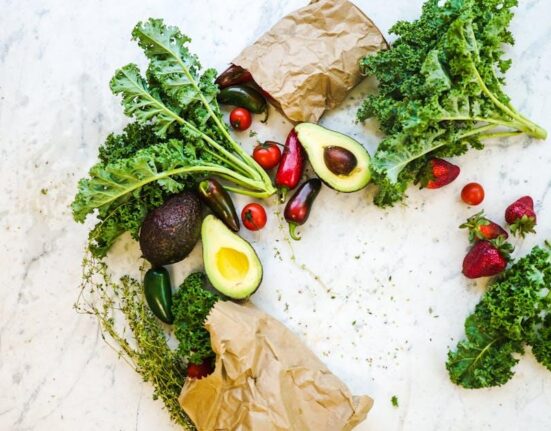
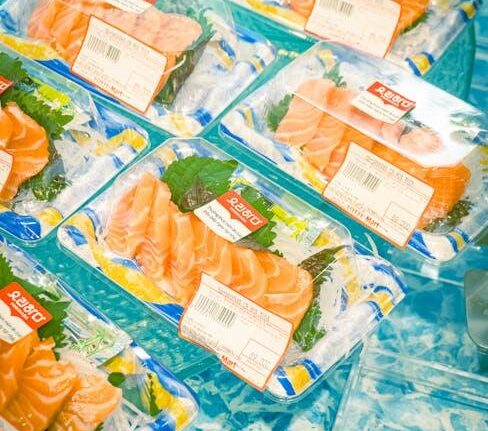
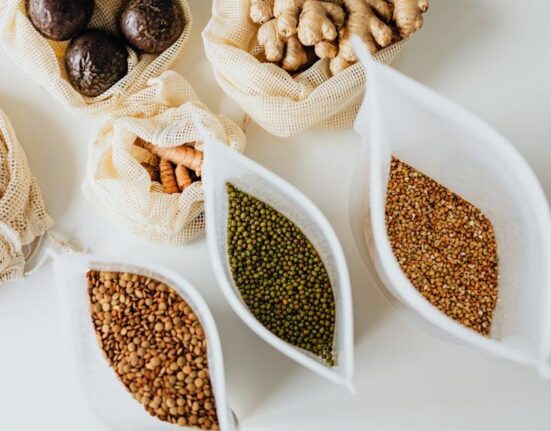

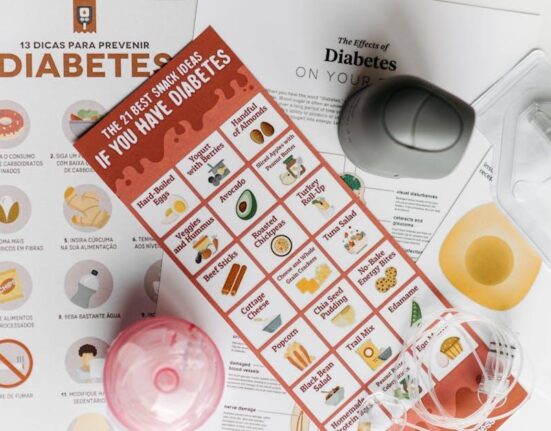
Leave feedback about this